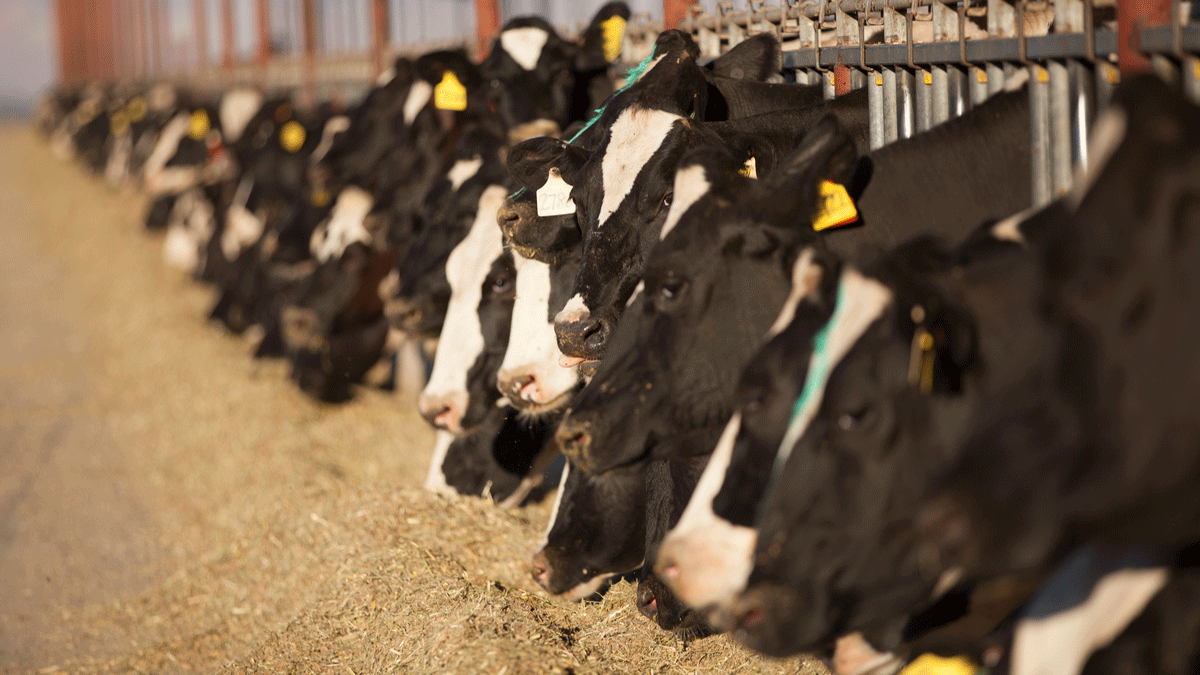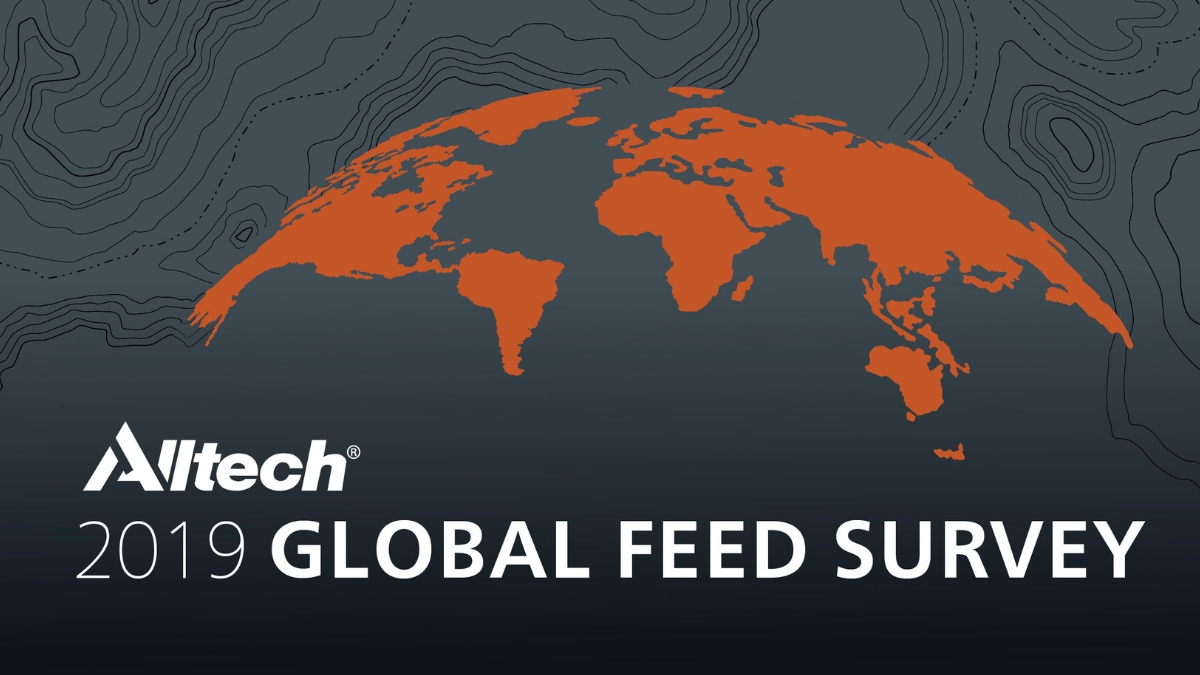The following is an edited transcript of Tom Martin's interview with Debbie Phillips-Donaldson. Click below to hear the full audio.
Tom: I'm talking with Debbie Phillips Donaldson. As editor-in-chief of Petfood Industry Magazine, it's her job to keep a sharp eye on trends in the industry, and she joins us to share some of those observations. Thank you for being with us, Debbie.
Debbie: Thank you for having me.
Tom: So, let's begin with the big question: What is the outlook for pet food marketing, the industry, the market?
Debbie: Overall, it’s very positive. The market is still growing at about 4 percent a year globally, which is better than most other consumer goods industries. In some of the emerging markets, it's growing even faster. But even in the very mature markets, like North America and the U.S. especially, it's still 3 percent or 4 percent growth a year.
Tom: Is it undergoing change, being reshaped? And if so, what's driving that?
Debbie: It's one of those industries — like any other consumer goods industry —that is always undergoing change, same as with human food. That is one big influence: what's happening in human food. But I will say the overall driver would be just that the consumer interaction has ramped up the last five to ten years for human food, and definitely for pet food. They want to know so much more about what's in the food — where the ingredients come from, how it is made — and that's causing pet food companies to be on their toes and to pay a lot more attention to what they're putting in the food. Not that they've never done that, but they are being forced to be more transparent about it, which I think is one of the big changes.
Tom: What would you say are the fastest-growing pet food categories?
Debbie: Right now, they are the what you would call “alternative formats” — raw, freeze-dried, baked — that are all fastest-growing. But, keep in mind, those are much smaller categories to start with. Dry food is by far the largest category around the world, and in some markets, canned food, but the growth is definitely happening in those newer types of food.
Tom: And what about these so-called “indulgence items” — toppers and additives or supplements — “inclusions,” I think they are called?
Debbie: Yes. That's definitely another very fast-growing category, and I will say they're not even necessarily indulgences in all cases. They're becoming much more functional. A lot of them, like treats, have functional ingredients in them and companies are marketing them that way.
Tom: In your role as an editor, what issues come to your attention as mattering the most to today's pet food consumers?
Debbie: Well, I would say definitely the transparency. As I mentioned before, the ingredients are always big. What is in the food, and almost as importantly — for some people, maybe even more importantly — what is not in the food? That is not necessarily coming from a base of knowledge or sound education about it, but that's what they're thinking and wanting to see.
Tom: Are traditional brick-and-mortar pet product retailers able to keep up with or to compete with the big online operations like Amazon or Chewy (now owned by PetSmart), Petco, Walmart — those big ones?
Debbie: It's a huge challenge. It's definitely a challenge all around the world, I think, but especially in more mature markets. I think, in the U.S., the independent pet stores are trying to stay ahead of the game by offering much more of an experience, and there is some data showing that millennials, which are now the largest group of pet owners, seem to value that experience. But, of course, they shop online more than anyone else.
In Europe, it's even more difficult because it's harder for companies to price competitively. In the U.S., they can establish what's called MAP — or minimum advertised price — so companies can try to ensure that what's being charged for one of their foods online is not undercutting the independent pet store retailers much. In Europe, that's not allowed to happen, so it's a challenge.
Tom: Amazon recently launched its own line of dog food — Wag, I think it's called?
Debbie: Yes.
Tom: And it was just the latest entry in the expansion into the online pet retail market. Should competitors be concerned about that?
Debbie: I think so. I would say that pet food companies should be concerned, but again, retailers should, too.
Tom: You mentioned that transparency is a concern among consumers. How is the pet food industry leveraging technology to become more transparent and to be more helpful to consumers?
Debbie: Well, obviously, social media is a key way to do that. I would say that a lot of pet food companies are still trying to find their way in terms of how to be more transparent. There are technological ways. For example, I know some companies will have a barcode or QR code on their packaging. Consumers can scan that and see exactly where the ingredients in that product came from. You go to an “interactive map,” if you will. That's the kind of thing that they are doing to aid transparency.
Tom: Are there some leading latest trends in pet food ingredients?
Debbie: Anything that you're seeing in human food as being big is definitely also big in pet food. I've even heard that sometimes pet food leads human food, which didn’t used to be the case. But grain-free is still huge, which sort of plays up the whole gluten-free trend in human food. Proteins — there's a big focus on proteins, and with pets, it's often novel proteins. I was at this big trade show in Germany two weeks ago called Interzoo, and I actually saw pet food with camel in it.
Tom: Camel?
Debbie: Camel as the protein source. That's a really novel protein. And then, the plant-based ingredients are becoming much more interesting, and you're seeing more and more of them being used and consumers seeming to seek them out.
Tom: What about black soldier fly larvae?
Debbie: Yes. Insect protein is definitely, at least, getting a lot of attention, whether or not it is actually being used a lot. In the U.S., it's not yet approved as a pet food ingredient, but, supposedly, that is being fast-tracked — as much as regulatory things can go quickly. I believe it is legal now or close to being legal in the EU. And so, you do see pet foods and treats in the EU with insect protein, and black soldier fly larvae are one of the big ones being developed right now.
Tom: Are smaller dogs gaining in appeal, and are there implications for dog food?
Debbie: Yes. Smaller dogs are definitely much more popular around the world. As urbanization increases around the world, it makes more sense for people to own smaller pets, including cats and small dogs. So, for the implications for pet foods, you've seen a lot more product devoted to those types of dogs — everything from the size of the kibble, to the shape of it, to the packaging size. Packaging sizes are declining — there is data showing that — and that is one factor.
Tom: Looking globally, what are some emerging pet markets?
Debbie: Asia-Pacific is one of the fastest-growing regions — and within that, China. China is booming. Only 2 percent to 4 percent of the population own pets right now. But as incomes rise, there are more and more people owning pets and spending money on them. The growing middle class is not at all shy about spending money on their pets. So that's booming. It's growing by double digits every year.
Latin America is still growing strong. Eastern Europe has some strength, although decreased a little in the last few years. The Middle East and Africa are growing quickly, too, but those markets are still tiny right now.
Tom: Obesity — is it as much of an issue in pets as in humans? And, if so, how is that influencing the pet food industry?
Debbie: Yes, it is a very big problem in pets, especially in developed markets. Probably around 50 percent of pets are deemed to be obese or overweight. One of the issues is that a lot of owners don't recognize that their pets are obese or overweight, and so there's an education gap there that is a struggle for veterinarians and pet food companies.
In terms of product development, though, there are already lots of weight- control products out there, and I think there is some other research going on that is looking at specific ingredients that can help with that — with satiety and adding fiber and things like that, to help with weight control.
Tom: We hear so much about “fake news,” and we're all having problems with the matter of information and discerning what's real and what isn't. What are the challenges that this age of misinformation present to the pet food industry?
Debbie: They're huge. I would say that that's one of the drivers behind this consumer desire for transparency. About 11 years ago, there was a big pet food recall — 2007 — when a Chinese supplier deliberately contaminated an ingredient called wheat gluten with melamine to try to boost protein content. It caused all kinds of terrible sicknesses and deaths, unfortunately, among pets. It was massive. I think it really shone a light on the fact that a lot of people didn't know what was in their pet's food, where it was made and how it was made.
The industry has since come a lot farther in being more transparent, and they're saying this, but there's still a big gap there. So, into that gap has rushed all kinds of misinformation and myths. I always say, “The internet abhors a vacuum.” There are all kinds of advocates — some well-informed and some not — and activists, if you will, discussing how terrible pet food is, et cetera, et cetera. It's something that the industry has been fighting for a good ten years now. I think they're getting better. I think companies are getting better, but there's still a long way to go.
Tom: Any trends that we haven't touched on that you're keeping an eye on?
Debbie: Well, we touched on the whole online retail trend and growth. There is another trend that's on the retail side that's having a big impact on the industry, and that is what's called mass premiumization. It used to be that the premium pet foods that had certain product features or claims — natural, holistic and limited ingredients, et cetera, et cetera — those were pretty much exclusive to the pet specialty channels and pet stores. Five to ten years ago, some brands started figuring out how to take those products and features and offer them at a price point that worked in grocery stores or other mass marketers, and they've been hugely successful. Those brands have been hugely successful and have, in fact, been acquired by human food companies recently. So, it has caused this huge shift in the types of products that people could find. It's great for the consumers, but it is disrupting different elements of the industry. That's one trend.
I would say another one would be that the health and wellness and ingredient focus just continues to grow, and more research aids that. We'll be hearing a lot this week (at ONE: The Alltech Ideas Conference) about nutrigenomics and other -omics technology. That's definitely at play in pet food and pet nutrition. Personalization and customization is becoming more of a focus of the industry, too, aided by things like nutrigenomics. So, there are a lot of trends happening that are moving in lockstep with what’s happening for humans.
Tom: Debbie Phillips Donaldson is editor-in-chief of Petfood Industry Magazine. Thanks for being with us, Debbie.
Debbie: Thank you.
I want to receive the latest news in pet food trends and nutrition!























.png)



